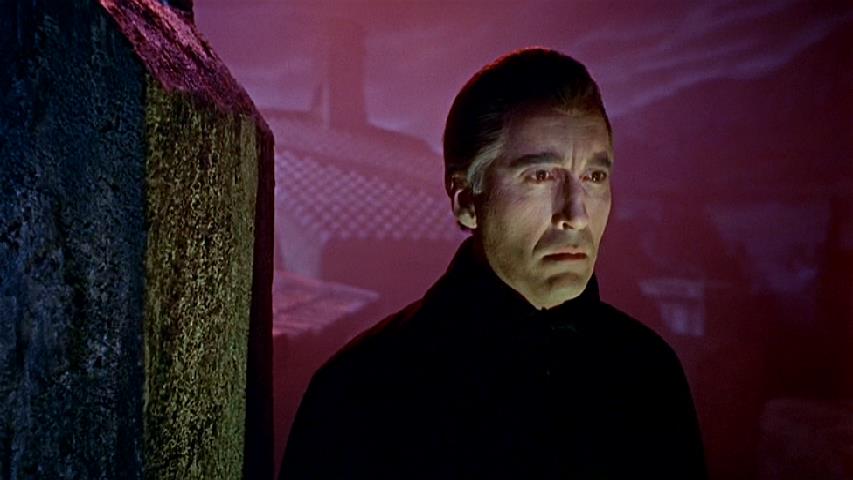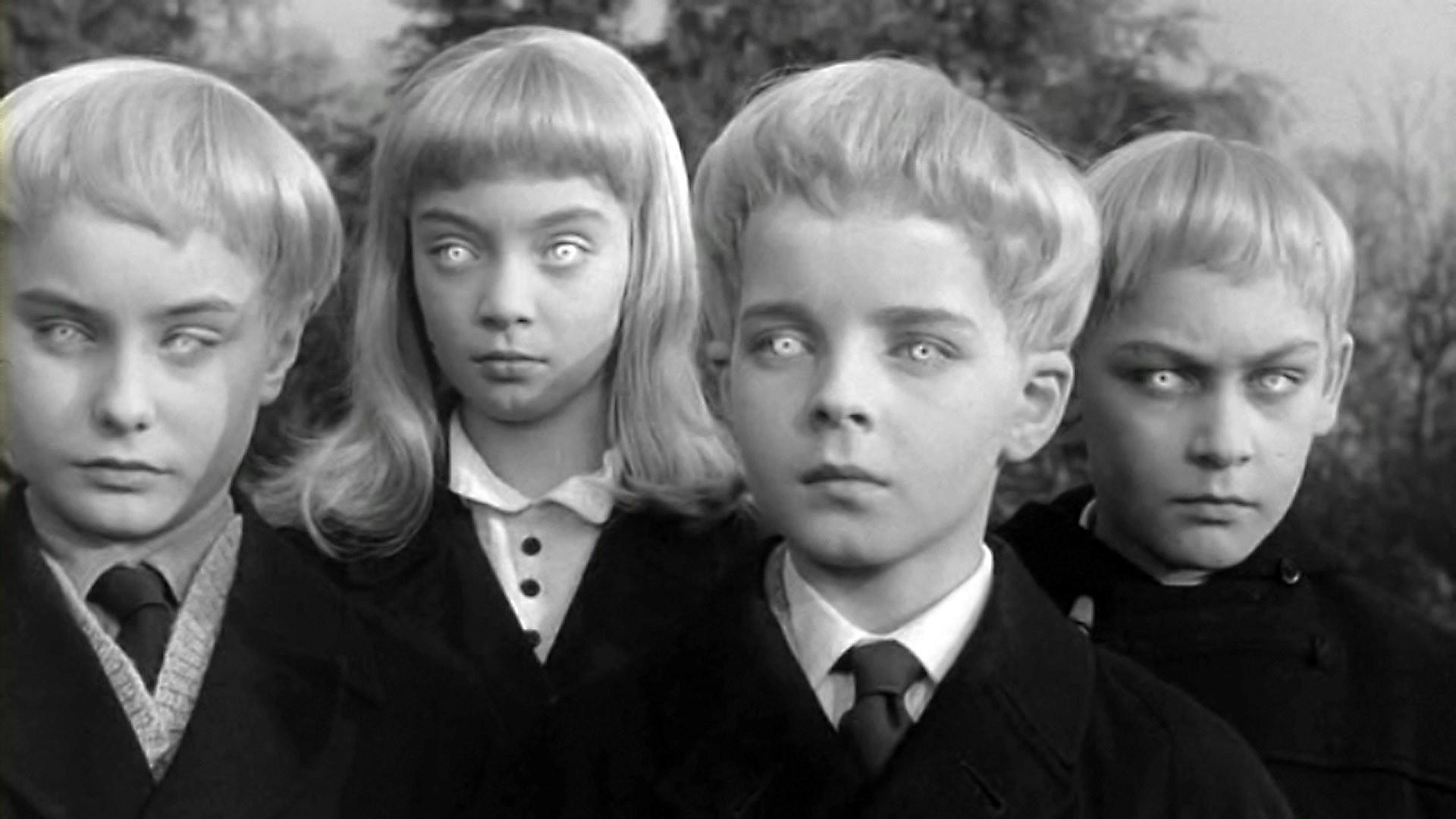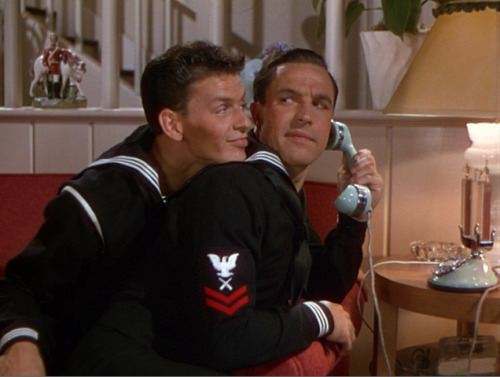Authors need obsessions; it’s their immoderate, uncontainable , sometimes irrational preoccupations that feed their creative energies. The best writers can lead readers to share their manias. If Melville hadn’t been overly invested in whales , no “Moby-Dick.” If Twain hadn’t been drawn to the Mississippi River, no “Huckleberry Finn.” If Tolstoy hadn’t been appalled by social hypocrisy, no “Anna Karenina.” For the journalist and cultural critic M. G. Lord, it’s curvaceous, charismatic icons of femininity that hold her imagination hostage.
Almost 20 years ago, Lord came into the public eye with her book “ForeverBarbie,” an exploration of Mattel’s bodacious Barbie doll — the long-legged, narrow-hipped toy, endowed with “shocking torpedo orbs,” that has held children (and others) in thrall for half a century. Barbie, she explained, was inspired by a saucy postwar German doll called Lilli, which was sold to men as a jokey erotic knickknack. Mattel’s experts, testing an American variant in the 1950s, learned that little girls coveted the shapely doll, but their mothers were horrified by it. A shrewd ad campaign overcame maternal resistance by suggesting that daughters who dressed and groomed Barbie, with her vast collection of accessories and outfits, would learn how to become well-turned-out young ladies, rather than tomboys. It worked.
Now Lord’s idée fixe has leapt to another female American sex symbol, the violet-eyed actress Elizabeth Taylor, who died last March at 79. What Lord did for Barbie, she now does for La Liz in “The Accidental Feminist,” which argues that the lavishly proportioned actress was much more than a beautiful face and body: she was a pathbreaker for social progress and women’s rights — albeit, Lord concedes, an unwitting one. Taylor’s stepdaughter Kate Burton, who spoke with Lord for the book, demurred that while she could detect a “thread of feminism” in some of the movies, she “doubted Taylor had been conscious of it.”
As Lord set out to write this manifesto, she knew that several obstacles stood in the way of her proving her point. The first was that while nearly everybody has a working knowledge of the Barbie doll, familiarity with Taylor is not what it was in the ’60s, when she won two Oscars (for “BUtterfield 8” and “Who’s Afraid of Virginia Woolf?”), wrecked two marriages (Eddie Fisher’s and Richard Burton’s), and graced the cover of every magazine of the sort that, these days, is occupied by the Kardashian sisters. Only baby boomers remember Liz Taylor in her glory days, Lord writes: the author’s “Gen X friends mostly knew Taylor as the butt of Joan Rivers’s fat jokes from the 1980s,” while her “Gen Y friends knew her only as a gay icon and an AIDS philanthropist.” But there’s still another obstacle to understanding Taylor as multidimensionally as Lord does. Most baby boomers haven’t seen all the films that stamped the actress on Lord’s psyche , and many younger people haven’t seen any of them.
To remedy this lapse, Lord takes her readers on a chronological journey through the actress’s signal performances, analyzing each film with a theory scholar’s eye for telling detail, brightened with bloggerly brio , emotion and use of the first person. Early on, she lists the social advances that she spots Taylor enacting: in “Giant” (1956), Lord writes, she feminizes the American West; in “Suddenly, Last Summer” (1959), she “portrays the callousness of the male medical establishment toward women patients”; in “BUtterfield 8” (1960), she “endorses a woman’s right to control her sexuality”; and in her most famous film, “Who’s Afraid of Virginia Woolf?” (1966), she shows the corrosive effect that being forced to live “through her husband’s career” can have on an intelligent woman — not to mention on everyone who comes within her wrathful shouting range.

It’s simply impossible to assess the truth of Lord’s pronouncements without watching Taylor’s backlog of films. Luckily, this feat can be achieved easily through streaming video. That is to say, it’s easy to cue up the films; it’s much harder to watch them. It’s hard to watch Taylor’s films from the ’50s and ’60s not because they are bad — though many are strange, particularly “Suddenly, Last Summer,” in which a demented, punitive old millionairess (Katharine Hepburn) makes her entrance in an antique bird-cage elevator, and demands that her sexy young niece Cathy (Taylor) be lobotomized — but because they have an outsize, mythic potency.
Just as Lord claims, these films are disturbing to process. It’s incredible to think that their subversive themes survived the scrutiny of the Hays Code censors, who bowdlerized American films between 1930 and 1967. Taylor’s first big break came in 1944, at the age of 12, when she starred in “National Velvet.” But her first important grown-up role was in a movie about unwanted pregnancy and, tacitly, abortion (“A Place in the Sun,” 1951). She confronted sexism and racial prejudice in the Texas epic “Giant,” and her later films addressed female sexual autonomy (“BUtterfield 8”), homosexuality (“Suddenly, Last Summer,” “Cat on a Hot Tin Roof”) and female fury (“Who’s Afraid of Virginia Woolf?”). Their daring subjects aside, these films are made disconcerting by Taylor’s unrestrained physicality and unmuted emotion.
At the current cultural moment, when women diet and exercise to achieve a boyish form, and don girdles — hiply rebaptized as Spanx — to heighten this effect, it’s jarring to see Taylor, with her nipped-in waist, straining bosom and generous hips, flirt and rage without apparent anxiety that she may be “bulging” in both fleshly and emotive terms. Camille Paglia has called Taylor “prefeminist ,” believing that she expresses “woman’s ancient and eternal control of the sexual realm.”




















